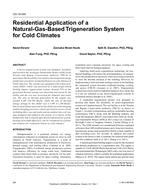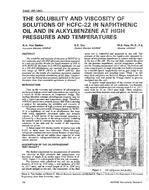The transport of moisture by vapor, capillary, hydrostatic, or convective means through building materials is relatively well understood by the building industry. Building materials, particularly those in roofing and waterproofing applications are typically designed and marketed with these mechanisms in mind, with applicable test standards regulating their minimum performance. However, a recent series of cold-applied liquid polyurethane waterproofing systemic material failures caused by osmosis in the Pacific Northwest has shown the importance of this liquid moisture transport mechanism and a need for an industry test standard and material property requirements.
Osmosis is the physical transfer of water through a semipermeable membrane that separates solutions of different dissolved ion (salt) concentrations. Under osmotic pressures, water flows through a membrane from the less salty side to the more salty side in an effort to reach equilibrium (low to high concentration). As has been shown, waterproofing membranes separating rainwater from concrete (containing many readily dissolvable mineral ions) in inverted or protected roofing applications (i.e., where water sits on the membrane for prolonged periods in wet climates) are susceptible to osmotic flow. Over time, the flow of water through the membrane by osmosis can lead to water-filled blisters, membrane delamination, leaks, and the ultimate failure of the waterproofing membranes.
The paper presents a proposed test standard for osmotic flow through waterproofing membranes based on our research into the phenomena and laboratory testing over the past two years. Osmotic flow rates for several different old blistered and new membranes are presented in conjunction with inverted wet-cup vapor permeance values in an attempt set potential targets.
Citation: Thermal Performance, International Conference, 2010
Product Details
- Published:
- 2010
- File Size:
- 1 file , 2.3 MB
- Product Code(s):
- D-BUILDINGSXI-55


